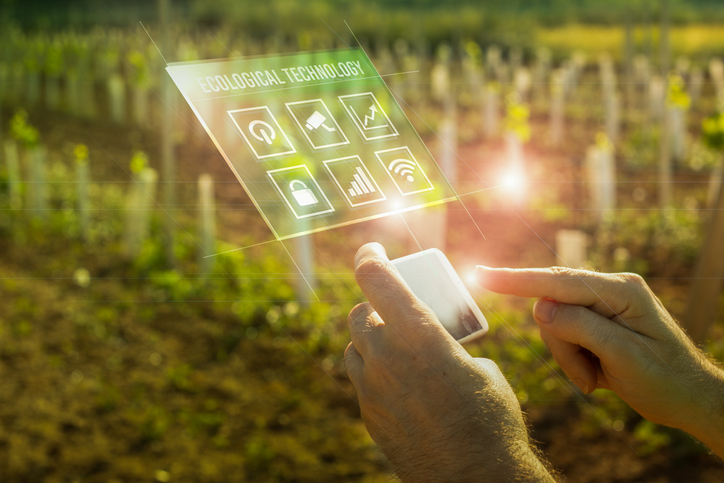Anyone who has worked with us knows that we’re crazy about wine. Even though it’s essentially fermented grape juice coming in an ABV range of roughly 9-15%, within those constraints are a world of flavors, stories and experiences. The more you learn about wine, the more you realize that there’s always something else to learn. And it’s this narrative and ability to generate unique experiences that will halo onto restaurant revenues as well as your leisure packages, room service, banquet event orders, arrival amenities or anywhere else beverages can be sold.
Why wine now? With all the unpredictability of global events, the economy and the ‘normalization’ of travel numbers heading into 2023, why should any GM, owner or senior executive prioritize wine over planning discussions of where best to allocate budget for labor, equipment or capital investments?
Total honesty: you shouldn’t. Those three and many others likely take precedent, but having a solid wine strategy will help to drive TRevPAR – the total revenue you capture from each guest and a critical metric towards merging ancillary spend analytics into the brand’s decision-making process. Heading into a recession year, it’s no longer a game of maximizing heads in beds like it has been during the current recovery period, but of maximizing satisfaction per stay, for which we all know that the more a guest uses a property’s services and amenities, the happier they are, the greater the chance of a positive review and the more likely for word of mouth.
So, thinking in terms of boosting TRevPAR and guest satisfaction in light of any drops of travel numbers we may confront in 2023, wine, and all alcoholic beverages for that matter, can thus assume a powerful role towards maintaining profitability.
But growing wine revenues cannot be done nowadays without a solid tech backbone to enable every element from initial reservation and prearrival messaging through to folio settlement and pushing all the ancillary spend data through to the CRM. In this sense, setting an objective to boost wine sales in 2023 will require a shrewd eye towards how various systems can automate labor allocation, inventory management, upselling opportunities, loyalty and analytics, thereby helping the process by which you ramp up other profit centers.
In the abstract, this all makes sense. Here are some boots-on-the-ground ideas to consider:
- Wine as an arrival amenity can help to sell value-added hotel packages, and yet after each reservation is completed on the booking engine, you need an operations management platform to promptly execute those service orders as well as strong data connections to push any wine-related purchases from the POS and PMS into the CRM for repeat guest marketing campaigns.
- Even if a guest doesn’t opt for a wine-centric package during the initial reservation, wine as an arrival amenity can become a key offer disseminated via any prearrival communications, but only if you have the right platforms in place to reach customers with your cross-selling offers on their preferred medium, at the right time and in the right display order.
- Let’s also not forget the role a complimentary bottle of wine can play in ameliorating guest sentiments during an error recovery scenario, but that all depends on the mini-surveys and operations platforms you are using to identify then address those errors.
- You want your incoming guests to book a table at your restaurant as soon as possible so that you can more accurately forecast labor requirements, for which having a great wine selection can be used as a tool to cajole those reservations lest patrons ‘miss out’.
- Any system you can deploy to save servers time, such as conversational AI to help offload incoming calls or better online reservation booking software, will translate into those team members having more time to spend tableside to flesh out the narrative behind any given bottle in order to convince patrons to spend more and enhance the meal experience.
- Needless to say, digitizing inventory management systems and the reordering process along with any automations for the accounting team can save time and increase wine cellar accuracy (oh, the discrepancies we have found when auditing the Excel records for a cellar against what’s actually there!).
- Analytics of guest service orders – for instance, how long it takes to fulfill a wine arrival amenity request as well as how the quantities of these requests vary by day of week, time of year, guest type or length of stay – can become instrumental towards anticipating labor needs in light of ongoing staffing challenges.
- Circling back to the CRM, if you are able to properly compartmentalize wine-related guest data, then this means that you can do the same for particularly any other behavioral characteristic that may help to guide future sales efforts, packaging, onsite events, loyalty engagement or new brand initiatives requiring capex.
While we can wax poetic about the differences between Burgundy and Bordeaux or Barolo and Barbaresco, as you can see wine needs tech to make any sale possible. In this sense, the systems and processes you establish to sell more wine will have manifold applications beyond beverage revenues.
These are tech-centric scenarios are but a few topics that we discuss in our latest book, “In Vino Veritas: A Guide for Hoteliers and Restaurateurs to Sell More Wine” (2022). Not firmly focused on tech, this book will nevertheless give you a strong marketing background to help you use wine to boost TRevPAR for any hotel brand. And if nothing else, this book will deepen your knowledge of this millennia-old elixir so that every glass becomes all the more enjoyable.
